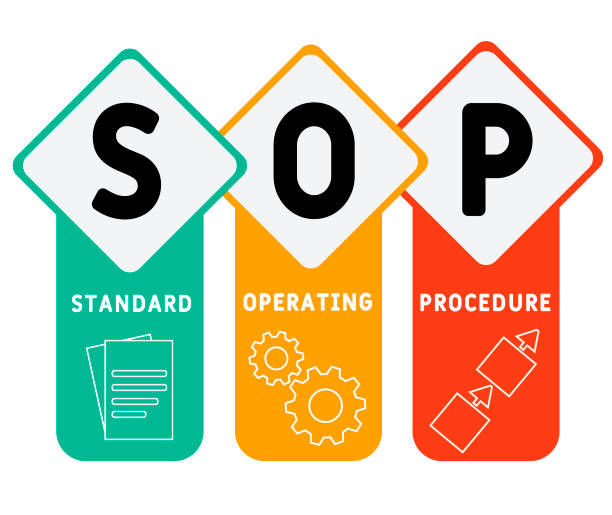
STANDARD OPERATING PROCEDURES
SHASHTIKA SALI PINDA SWEDA

INTRODUCTION
Shashtika shali pinda sweda is a type of fomentation where bolus made of cooked ShashtikaSali rice is heated by dipping in boiling Balamoola ksheera kashaya and applied over the body for a specific duration of time.
MATERIALS REQUIRED
- Ref General Requirements SOP
- Shashtika Sali-300g
- Bala moolam-200g
- Water-6L
- Milk-1.5L
- Metal vessel-1
- Potali-4
- Vessel -2
- Taila for Abhyanga- 200ml
- Talam
- Towel -1
- Coconut leaf stalk- 4
Manpower
- Therapist-4
- Physician -1
PREPARATION
Preparation of Thalam
- Prescribed drugs taken and thalam prepared.
- Refer video and SOP of Thalam
Preparation of tray
- Take a clean tray.
- Put 4kizhi, langotti, towel, thalam, oil in bowl.
Preparation of patient
- Check vitals.
- Jeernaharalakshana assessed.
- Vegotsarga
- Make patient wear langotti.
PURVA KARMA
Preparation of kizhi
- 300g of ShashtikaShali is washed and soaked in water on the previous night
- 200g of Bala moola is added to 6L of water and reduced to 3L.
- The water from the soaked ShashtikaShali is drained out and kept aside.
- The metal uruli is placed on the stove on medium flame.
- Half part (1.5L) of the prepared Balamoolakasaya is poured into it ShashtikaShali is added and cooked in that Kashaya.
- Then half part of the milk ( 750 ml) is added and further cooked on low flame.
- This is cooked till it becomes semisolid and thick.
- The other half of the Kashaya and milk is mixed and used as dravadravya during the procedure.
- Ref SOP for tying of kizhi
PRADHANA KARMA
- Balamoolaksheerapaka is boiled in a metal vessel.
- The patient is asked to sit with legs extended on the dhroni.
- Thalamis applied to the vertex of the patient.
- The body and foot is cleaned with a towel.
- The oil for abhyanga is heated using a water bath
- Temperature of the oil is checked and confirmed with the patient .
- Initially Sarvanga abhyanga is done in all 7 postures starting with Sitting, Supine, Left Lateral, Supine, Right Lateral, Supine and Sitting .
- Once the ksheerakasaya is adequately heated and starts boiling the prepared potalis are dipped into it.
- Once the potalis are heated sufficiently, it is taken out and temperature of the potali is checked by the therapist by placing it over the dorsum of his hand.
- Temperature is also confirmed with the patient by placing it over his foot.
- The Potalisare applied by massaging it with pressure as circular and linear strokes.
- The neck region to the hands, neck to lower back, hip to foot and neck to foot is covered in sitting position.
- The contents of the potalis are squeezed during application over the body
- The potali is applied quickly in gentle stroking manner to avoid burns.
- The temperature of the potalisare maintained by replacing it with other two potalis kept for heating in boiling balamoolaksheerapaka whenever required.
- Then the patient is asked to lie in supine position.
- The heated potalisare applied initially from abdomen to hands and hip to foot. Then the entire body is covered by applying it as linear strokes from hands to foot in synchronised manner.
- The potalis are applied in circular pattern over the joints.
- The patient is then asked to lie in left lateral position with right knee flexed.
- The heated potalisare applied covering from hand to hip by one therapist, while the other therapist cover back region to foot.
- Then the patient is asked to lie in supine position and same strokes are repeated with heated potalis.
- The patient is then asked to lie in right lateral position with left knee flexed.
- The heated potalis are applied covering from hand to hip by one therapist, while the other therapist cover back region to foot.
- Then the patient is again asked to lie in supine position and same strokes are repeated with heated potalis.
- Finally, the patient is made to sit with legs extended and respective strokes mentioned for sitting posture are repeated.
ANNALEPA
The procedure of Applyingcooked sashtikashali rice directly on the body for specific duration of time is known as Annalepa
The procedure and mode of application is same as sashtikashalipindasweda.
PASCHAT KARMA
- The Shastikashali paste which remains over the body is removed by scraping it using a cocunut leaflet.
- Immediately after that warm oil is applied all over the body with gentle massage .
- Thalam is removed.
- Patient is asked to take hot shower after resting for a while.
- Rasnadichoorna is applied over vertex after bath.
DURATION
- 1 hour 30 minutes
INDICATIONS
- Hemiplegia
- Paraplegia
- Osteoarthritis
- Spondylolisthesis
- Rheumatoid arthritis
CONTRAINDICATIONS
- Fever
- Inflammation
- Fracture
- Hypertension
- Diarrhoea
- Cough
PRECAUTIONS
- Rice should be stirred frequently, and care must be taken not to overcook or undercook the rice.
- Temperature of the potali is confirmed by the therapist and patient before applying to the body parts.
- Uniform temperature is maintained throughout the procedure.
- Pottali should be massaged gently over the patient’s body in a synchronized manner.
- Bolus should be tightly tied to prevent leakage of the contents during rubbing.
COMPLICATIONS AND MANAGEMENT
- Shivering: Allow the patient to take rest, cover patient’s body with blanket and give warm liquid diet.
- Burns: Apply ShatadhauthaGhritha or Murivenna.
- Fainting – Sprinkle cold waterover the face and body, and put talam with appropriate medicated oil and choornaand Drakshadi Kashaya can be given internally.



